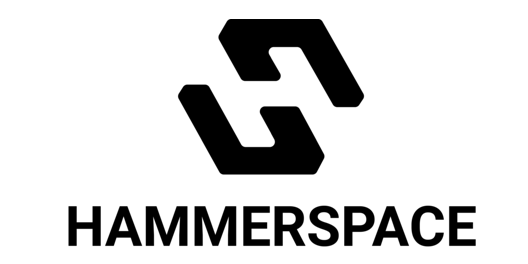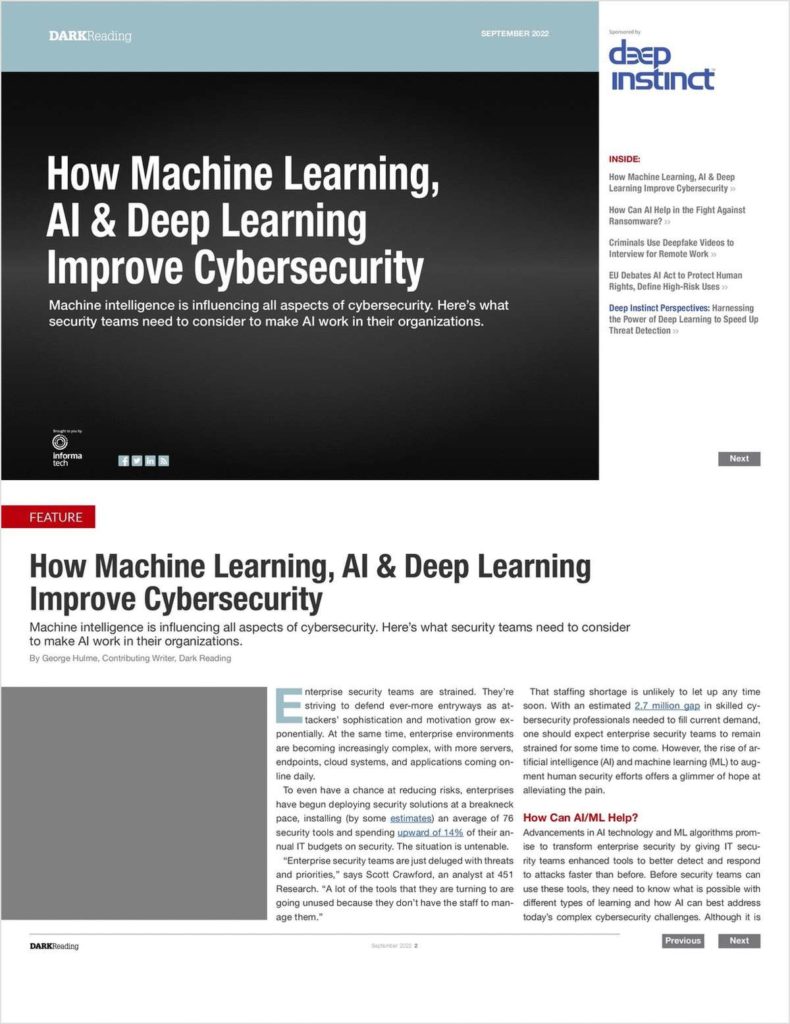Increasingly Europe seems to be kicking the pants of the United States, at least insofar at planning and coordination on large-scale compute infrastructure goes. The 27 member states of the EU have been hard at work together for several years now. Last year Viviane Reding, the European commissioner for Information Society and Media whose portfolio includes HPC, had this to say at the Ter@tec 2008 HPC conference in France,
Supercomputers are the ‘cathedrals’ of modern science, essential tools to push forward the frontiers of research at the service of Europe’s prosperity and growth.
Collectively the economy of the EU is the largest in the world, and size matters when you are talking about building the largest supranational HPC infrastructure in the world. With DEISA, the Distributed European Infrastructure for Supercomputing Applications (kind of like a pan-European TeraGrid), building out large-scale tier-1 centers, and PRACE, the Partnership for Advanced Computing in Europe, building out multiple petaflops-plus centers, Europe is focusing its resources on HPC in a big way (I wrote more about this in a feature last year).
This month Europe has shown that its thinking is broader than just cycles. On Friday the Partnership for Advanced Data in Europe (PARADE) announced the completion of a new pan-European data strategy.
”A number of strong European organizations have worked together to write a strategy plan on how to improve international collaboration”, says [Managing Director
Kimmo Koski from CSC]. ”There are several dozen research infrastructures implemented in Europe, not to mention the new projects waiting to be launched. They all share the same need for data storage and processing. If we do not succeed in building sufficient collaboration to bridge the different fields of science, several incompatible data management systems will be generated, and it will be difficult or impossible to integrate them later. This situation must be avoided to maintain the international competitiveness of European research.”
You can download the white paper here. I’ve selected a few objectives from the paper to give you a flavor for what’s inside
The following objectives are essential:
- Develop and improve common data services
- Establish and nurture a close collaboration among user communities in a data service infrastructure
- Establish a common persistent European data service infrastructure, taking into account the requirements of the different user communities.




[…] interesting to me that this effort is focused in Europe, where I’ve remarked before on the high degree of pan-European planning and effort taking place in apex scientific […]